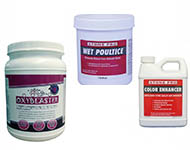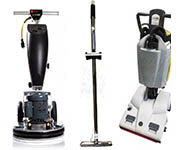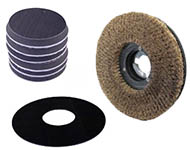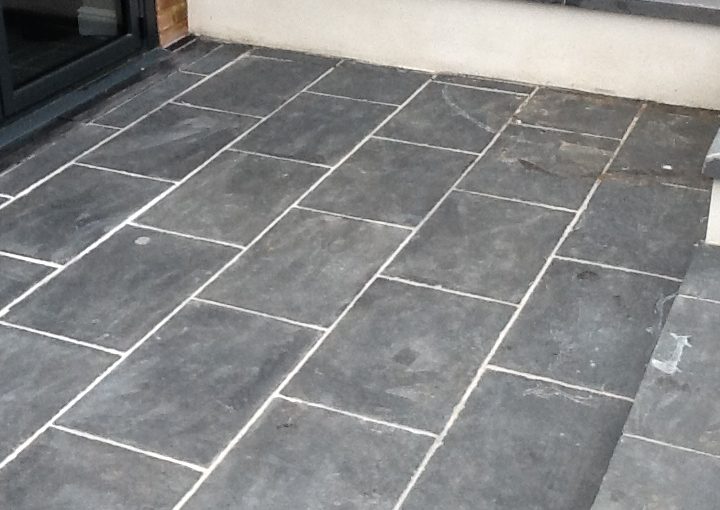Safe, effective slate care
By Taf Baig
Cleaning slate floor, or any floor for that matter, with high pressure by using a truck-mount or portable can be profitable. But, not knowing the type of floor and how to clean it correctly can result in costly claims. It’s hard to fathom that in the past 10 years hard stone products have experienced an incredible 2,000 percent growth in sales. As a carpet cleaner, you may not want to get heavily involved in hard floor cleaning. But, it’s smart to know how to clean some of these surfaces for your current clients.
Slate is one such surface you may encounter. You will find Slate in areas such as commercial building entryways and even in many homes.
Why is understanding formation important?
In order to fully understand the cleaning principles involved with this type of stone, the cleaner first needs to know a little about how slate is formed. Slate, compiled from clay-rich mud through tectonic stress and it is common belief to have started forming 570 million years ago.
Sediments of organisms on the seabed formed mud deposits.
Pressure and temperature in the Earth’s crust squeezed the mud into layers of shale. These eventually caused it to move upward.
Slate is used in the construction of walls, floors, roofs, and even high-quality pool tables.
Slate Cleaning is very unique because of the Slates formation
Three challenges make Slate cleaning a little more complex to deal with than most other stones.
First is its formation.
The thin layers of rocks stuck together come out from very high-pressure cleaning. When cleaning slate, turn your pressure down. To compensate for low pressure, you need to add a little more agitation, but no more than 800 pounds per square inch (PSI).
Second, its absorbent nature causes it to absorb staining material, thus creating stains.
Most cleaners find that products made to clean hard surfaces that contain oxygen gets absorbed in the stone. This causes safe “bleaching action” to remove the absorbed stains.
Lastly, you will need to prevent staining and layers of slate from chipping off.
Manufacturers and installers often put a coating of wax on the slate to make it more durable. This poses another problem for cleaners.
Sometimes the wax may have been removed in certain areas. Or it could be removed from high-pressure cleaning.
Inform your customer that this may not be a cleaning issue but, instead, a restoration issue.
But, remember, test in an inconspicuous spot in case of an adverse reaction.
Understanding a bit more about the floor you are cleaning can help you. It will make it easier to answer when asked what procedures and products will work best on that floor.
Taf Baig, an Institute of Inspection, Cleaning and Restoration Certification (IICRC)-certified Master Textile Cleaner. He started a successful carpet cleaning company in 1991 and sold it in 2003. He is president of The Magic Wand Company, a manufacturer and distributor of all types of cleaning products. He can be reached through his website at www.magicwandco.com. Get our Tile & Grout Cleaning DVD and learn more about how to Start Cleaning Tile & Grout in your Business!





